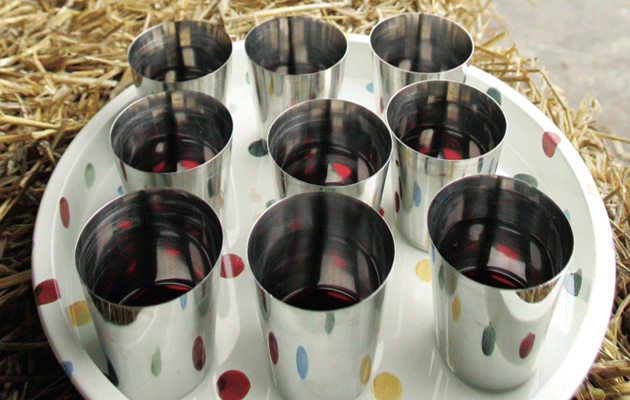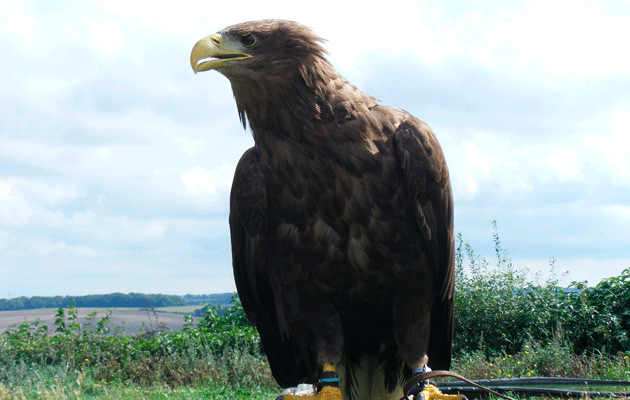BASC is right about the gamebird code

The 2006 Animal Welfare Act made owners and keepers responsible for their animals welfare. The Act allows ministers to produce codes of practice to back up this principle. We would all agree that high standards of welfare need to underpin our sport if it is to thrive.
Codes of practice are designed to give practical advice about how welfare needs are met. Failure to comply with a code is not an offence, but can be used as evidence in court.
Reared gamebirds fall squarely under the Act. The code of practice for gamebirds gives guidance on accommodation and management methods, including aggression reduction. It does not take rocket science to see that the content of the code has to be drawn from advice from many quarters. It would be wrong to imagine that all thed ifferent stakeholder groupsm ight easily come up with unanimous advice on all issues.
The code says that management devices should be justified in a health and welfare plan agreed with a vet. Small cages for breeding pheasants do not allow birds an environment where they can express normal behaviour.
The writing has been on the wall for cages for some time. The Government issued its formal consultation on a code for England before Christmas. It was widely publicised, everyone contributed, and it closed on 18 January.
A key issue for BASC was the definition of cage, which had been left open with comments being invited. BASC recommended that a cage, for the purposes of the code, was any enclosure providing less than 1m2 per pheasant, 0.5m2
per grey partridge and 0.29m2 per French partridge. These minimum required areas were carefully drawn from the best game advisory literature and practice. They allow traditional laying methods to continue but disallow very small cages.
The draft code was laid before Parliament on 16 March. It has been welcomed by BASC, but subject to rubbishing by two of the large gamefarms, which continue to use raised cages, by the Game Farmers Association (GFA), and by individuals from some other organisations. In each case these had a direct financial or vested interest.
This issue has been active since 2004 when the use of very small laying cages was raised with the shooting organisations by DEFRA officials. There was a feeling of abhorrence from shooters, the public and parliamentarians.
In early 2005, however, the GFA, in whose Council the cage users were embedded, took the view that they were fine if they were enriched. Simultaneously, the BASC Council, with the support of its Game Shooting and Gamekeeping Advisory Committees, took the unanimous view that such cages were incompatible with our values and the future of shooting, and enrichment was mere window dressing. BASC Council and its committees have revisited this subject on several occasions and have not wavered from their view.
Careful reading of the code will show that in public, legal and sporting opinion, it makes sense. The code provides a secure platform for the future of game rearing in Britain. At a time when agriculture is retreating from intensive methods such as battery farming, it is madness for shooting to take them up. Battery farming is a hot public issue. This is the moment for all shooting interests to think about the future.
What is YOUR opinion?
Join other ST readers in our forums to discuss your views.
Like this article? Mark this page on a social bookmarking website…








